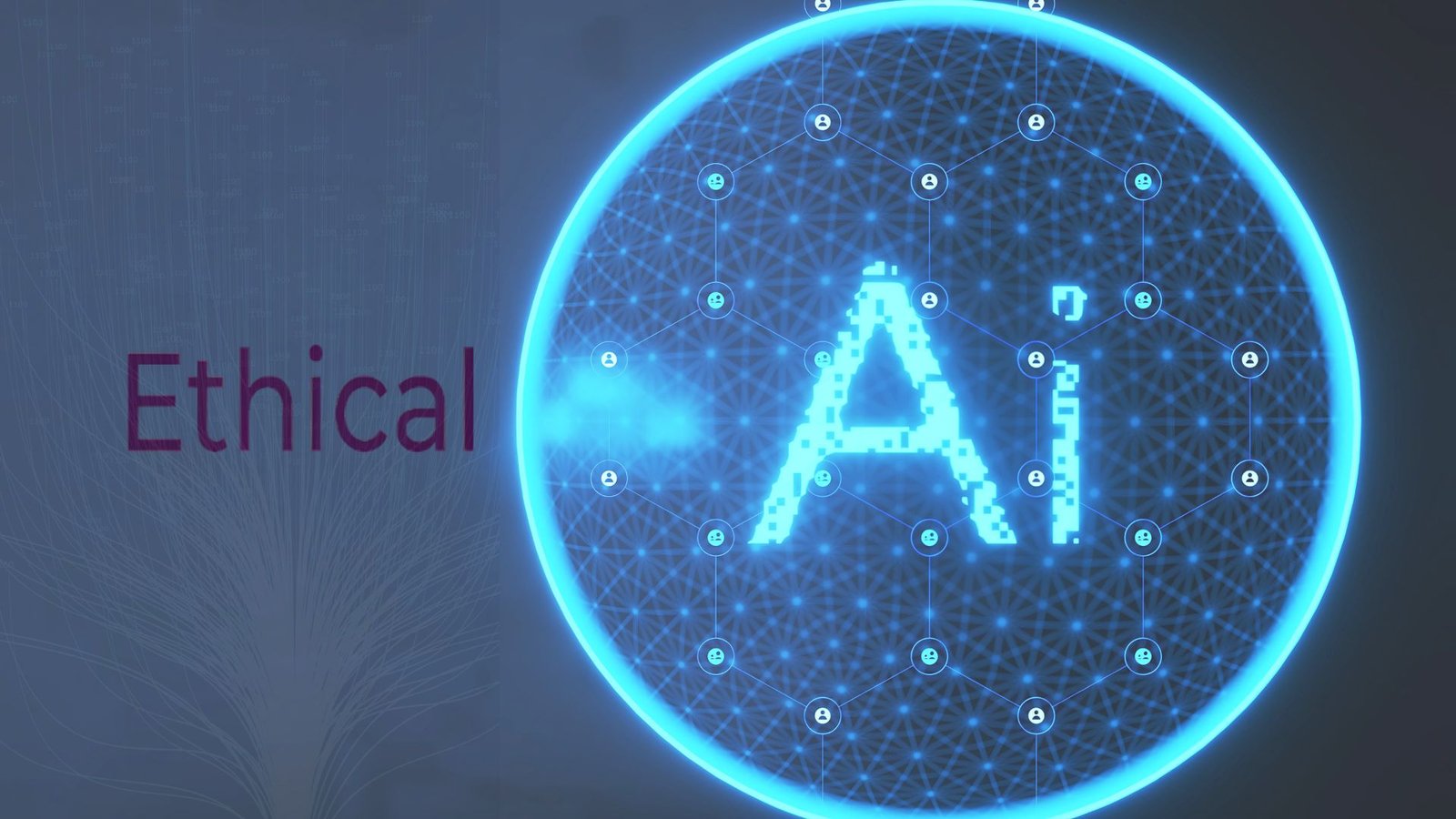
Ethical AI in Product Design: Building Tech That Cares
Ethical AI for Product Design: Creating Tech That Cares
AI isn't only about algorithms and optimization it's about human beings. With each product we create and ship that incorporates AI, we're making decisions that affect actual human lives. Is an algorithm to approve loans better to prioritize speed or fairness? Can a facial recognition system be accurate and equitable? These are not technical issues but ethical issues.
At we don't believe ethical AI is an afterthought it's the beginning. Here's how we can develop AI products that aren't just intelligent, but human centered and responsible too.
1. Bias: The Hidden Flaw in "Neutral" Algorithms
AI is trained on data, and if that data is imbued with human biases, then so will be the AI. Remember when Amazon's hiring algorithm ranked resumes with the word "women's" (like "women's chess club") lower? Or when facial recognition software had trouble with darker skin tones? Those weren't bugs they were moral design failures.
How to rectify?
Diverse training data: Make datasets to reflect different genders, ethnicities, and backgrounds.
Bias audits: Periodically check AI systems for biased results.
Human oversight: No algorithm must be allowed high-stakes choices (like hiring or loans) without human review.
2. Transparency: No More "Black Box" Decisions
Imagine getting rejected for a mortgage, and the bank says to you, "Sorry, the AI declined you." No explanation, no appeal but a choice made by an algorithm. That's not only infuriating; it's unfair.
What can we do?
Explainable AI: Employ reasoning-providing models (e.g., "Your loan was declined due to X, Y, Z").
User control: Permit users to contest automated decisions and summon human support.
Plain-language disclosures: If you are applying AI within an app, inform individuals how and why.
3. Privacy: Just Because We Can, Doesn't Mean We Should
AI loves data but gathering everything is not always moral. Ought a fitness band supply heart rate information to insurers? Ought a voice assistant record offhand conversations for "voice recognition improvement"?
Privacy-first AI design:
Data minimization: Gather only what's strictly required.
Anonymization: Remove personal identifiers from data.
Clear consent: Don't hide permissions in 50-page terms of service.
4. Accountability: Who's Responsible When AI Goes Wrong?
Self-driving cars, medical diagnostic machines, AI hiring software when it goes wrong, who's responsible? The creator? The company? The AI? (Spoiler: not the AI.)
Building responsible AI:
Clear ownership: Decide who is responsible for AI behavior.
Error handling: Expect failures (e.g., a medical AI should say "I don't know" instead of guessing).
Regulatory compliance: Get ahead of legislation like GDPR and the EU AI Act.
5. The Human Cost: Loss of Work, Dependence, and Social Impact
AI will do repetitive tasks, but what if it substitutes entire jobs? Or if people mindlessly depend on AI rather than their own judgment (e.g., GPS into a lake)?
Preventing harm:
Reskill workers: Use AI to improve jobs, not just eliminate them.
Design for collaboration: AI should augment, not replace, human capability (e.g., doctors + diagnostic AI).
Look for societal impact: Are we creating tech that helps or worsens inequality?
Ethics Isn't Optional
AI isn't inherently good or evil it's a tool. And like any tool, its impact depends on how we use it. At we strive to ask ourselves:
Is this AI fair? (Or does it reinforce existing biases?)
Is it transparent? (Or is it a mysterious black box?)
Does it respect privacy? (Or does it unnecessarily hoard data?)
Who benefits and who might be hurt?
The future of AI should not be dictated by what is technologically feasible, but by what is ethically right. Let's build tech that works but also cares.
Create and grow your online course business without the tech headaches.
Skill Bloomer empowers educators, coaches, and trainers with an all-in-one, easy-to-use platform to design, launch, and scale their courses. No coding. No confusion. Just a simple, streamlined way to teach, inspire, and expand your impact.
